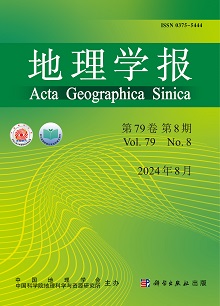Improvement Effects of Different Afforestation Measures on the Surface Soil of Alpine Sandy Land
Du, Shaobo , Xie, Huichun , Zhang, Gaosen , Qiao, Feng , Geng, Guigong , Chongyi, E
2025-02-01 null null 14(卷), null(期), (null页)
Desertification severely impacts soil environments, necessitating effective control measures to improve sandy soil. On the alpine sandy land of Gonghe Basin, taking bare land containing mobile sand dunes (LD) as a reference, surface soil undergoing four afforestation measures, namely Salix cheilophila + Populus simonii (WLYY), Salix psammophila + Salix cheilophila (SLWL), Artemisia ordosica + Caragana korshinskii (SHNT), and Caragana korshinskii (NT80), was studied, with soil physicochemical properties and enzyme activity measured and the bacterial community structure analyzed using Illumina high-throughput sequencing. Compared to LD, all four afforestation measures significantly reduced the sand content, while increasing soil total carbon, total nitrogen, organic matter, alkali-hydrolyzable nitrogen, and available potassium. WLYY, SLWL, and SHNT significantly increased the surface soil total phosphorus and total potassium. Catalase, sucrase, urease, and alkaline phosphatase activities significantly increased under all four measures. Among them, the highest improvements were observed under SLWL, followed by WLYY. All treatments increased soil bacterial community richness, exhibiting significantly different bacterial community compositions to those in LD. Total phosphorus was the key physicochemical factor affecting the soil bacterial community structure, while enzyme activity was significantly correlated with the relative abundance of most major bacterial phyla. All measures improved the surface soil environment, with SLWL demonstrating the best improvement. The results provide valuable reference for sand prevention and control strategies in alpine sandy areas and offer a theoretical basis for the ecological restoration of sandy soil microenvironments.
相关推荐
- High Proportions of Radiation-Resistant Strains in Culturable Bacteria from the Taklimakan Desert [2025-02-01]
- Formation, mechanism and significance of alluvial-dammed lakes in Golmud River catchment, north-eastern Qinghai-Tibetan Plateau [2025-02-01]
- Downwind aeolian sediment accumulations associated with lake-level variations of the Qinghai Lake during the Holocene, Northeastern Qinghai-Tibetan Plateau [2025-02-01]



